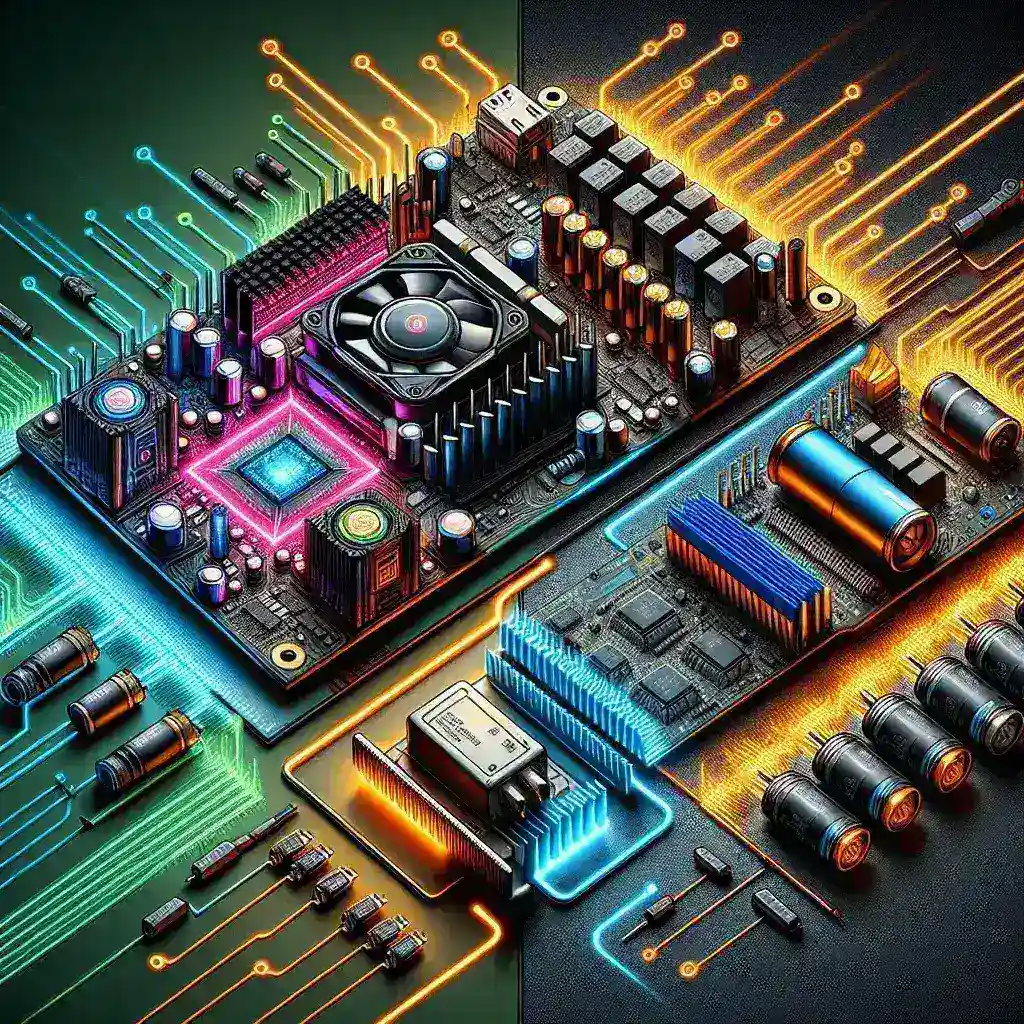The debate between gaming soundcards and integrated audio is a perennial topic among gamers and audiophiles. While integrated audio solutions have improved significantly over the years, dedicated gaming soundcards still hold a distinct advantage in many areas. In this article, we’ll compare these two audio options to help you understand how gaming soundcards differ from integrated audio.
Table of Contents
Audio Quality
One of the most important factors when considering audio solutions for gaming is the quality of sound they produce. Integrated audio has come a long way, but dedicated soundcards typically offer superior audio quality. This is because soundcards can house higher-quality components and dedicate more resources to audio processing.
| Feature | Integrated Audio | Gaming Soundcards |
|---|---|---|
| Signal-to-Noise Ratio (SNR) | 80-90 dB | 100-120 dB |
| Sample Rate | 44.1-48 kHz | 96-192 kHz |
| Bit Depth | 16-bit / 24-bit | 24-bit / 32-bit |
The enhancements in signal-to-noise ratio (SNR), sample rate, and bit depth that dedicated soundcards bring can result in clearer, more immersive audio, which is crucial for gaming.
Performance
Performance is another key area where gaming soundcards show their superiority. Integrated audio relies on the CPU to process sound, which can lead to higher latency and reduced performance, especially in resource-intensive games. Soundcards, on the other hand, come with their processors and memory, alleviating the CPU’s workload.
This dedicated processing can be particularly beneficial in games that utilize complex soundscapes, rendering the audio quicker and with more detail. Lower latency can make a significant impact on a gamer’s experience, especially in competitive settings.
Features
Gaming soundcards are packed with features designed to enhance user experience. Features like surround sound, advanced audio effects, and gamer-centric enhancements make a notable difference compared to integrated audio.
- Surround Sound: Many gaming soundcards offer 5.1 or 7.1 surround sound, creating an immersive experience that integrated audio often can’t match.
- Advanced Audio Effects: Soundcards offer various audio effects that can enhance the gaming experience, such as environmental effects and audio processing algorithms.
- Voice Processing: Some gaming soundcards include features like voice morphing and noise cancellation that are useful for online gaming.
Customization Options
Customization is another area where gaming soundcards excel. They often come with software suites that allow users to tweak audio settings extensively. This can include adjusting the equalizer, customizing surround sound, and applying different audio profiles tailored to specific games or activities.
Integrated audio typically offers fewer customization options, often restricted to basic sound settings like volume control and balance adjustments. For audiophiles and serious gamers, the ability to fine-tune every aspect of the audio experience can be a game-changer.
Price vs. Value
Price is always a consideration when choosing between a gaming soundcard and integrated audio. Integrated audio is built into the motherboard, essentially making it a ‘free’ solution. In contrast, gaming soundcards can range from budget-friendly options to high-end models costing several hundred dollars.
However, the value proposition is strong for dedicated soundcards, especially for gamers who prioritize audio quality. The enhanced performance, advanced features, and customization options offer a tangible improvement in the gaming experience.
In summary, while integrated audio has its advantages such as convenience and no extra cost, gaming soundcards deliver superior audio quality, better performance, and more features. For serious gamers and audiophiles, the benefits of a dedicated soundcard often justify the additional expense.




